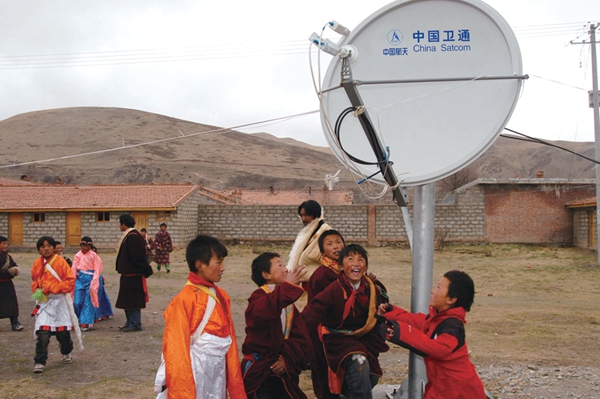
Due to unbalance development between China's east coast and western regions compounded with the constraints of geography, internet via terrestrial communication has difficulties in deployment, cost and operation which makes big digital gap with high quality education resources. Satellite E-education can introduce new network teaching models such as "special delivery classrooms", "synchronized classrooms", and "collaborative teaching and research" in order to provide students living in remote areas with real-time teaching and Q&A services, to share educational resources from leading institutions with schools in remote areas, to distribute high-quality audio and video teaching resources to teaching sites as well as supporting under-resourced schools in remote and poverty-stricken areas to engage with the digitalization of learning, to improve internet access for schools, to optimize the education resources and to reduce digital gap in education. |
